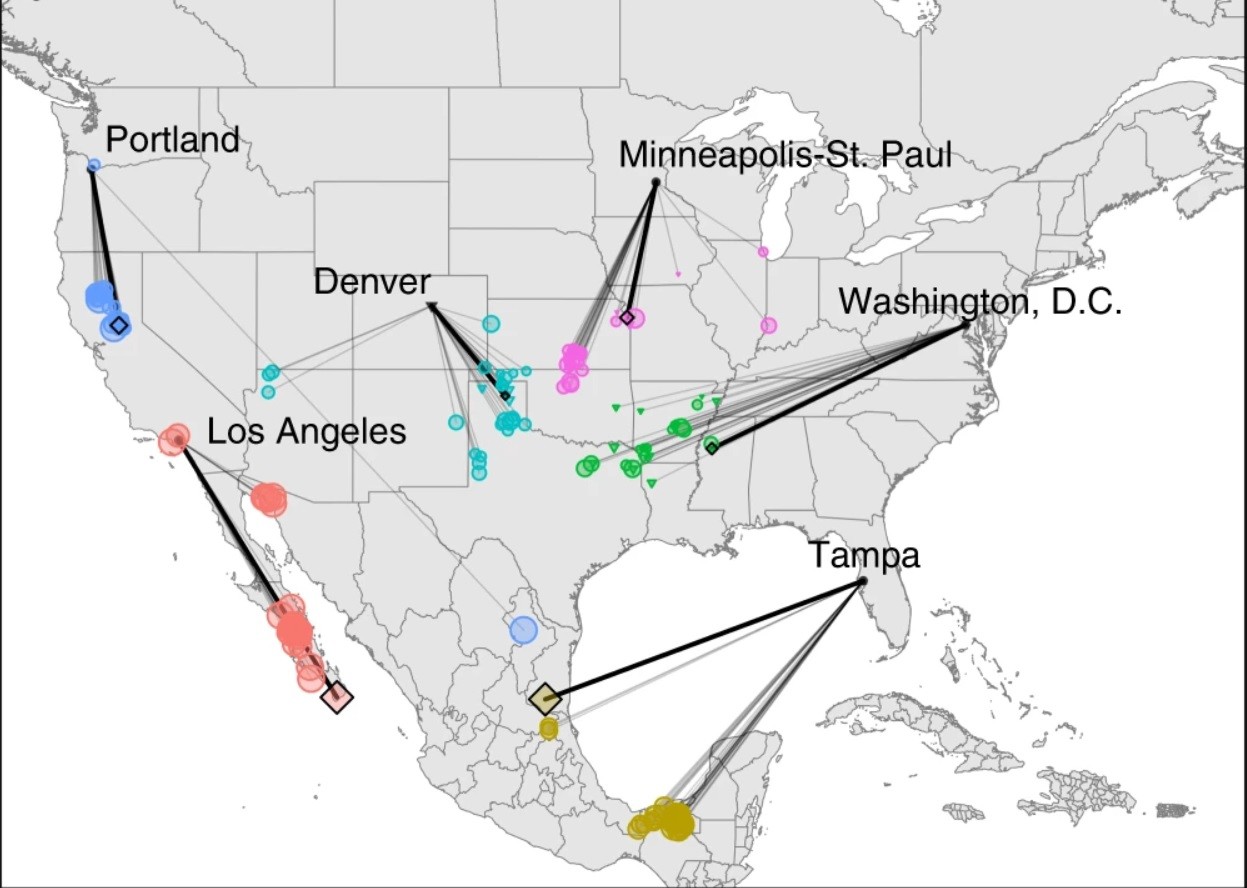this post was submitted on 25 Jan 2024
127 points (96.4% liked)
Climate - truthful information about climate, related activism and politics.
5136 readers
875 users here now
Discussion of climate, how it is changing, activism around that, the politics, and the energy systems change we need in order to stabilize things.
As a starting point, the burning of fossil fuels, and to a lesser extent deforestation and release of methane are responsible for the warming in recent decades:

How much each change to the atmosphere has warmed the world:

Recommended actions to cut greenhouse gas emissions in the near future:

Anti-science, inactivism, and unsupported conspiracy theories are not ok here.
founded 1 year ago
MODERATORS
you are viewing a single comment's thread
view the rest of the comments
view the rest of the comments

Thanks, this is interesting
For anyone who is not going to read the article, the map shows what locations have the climate today, that the major city will have in 2080, under a variety of climate change scenarios
"Climates of most urban areas in the central and western U.S. will become most similar to contemporary climates found to the south or southeast (Fig. 2). Put another way, by the 2080s climate of cities in the northeast will tend to feel more like the humid subtropical climates typical of parts of the Midwest or southeastern U.S. today (warmer and wetter in all seasons, Supplementary Figure 2), whereas the climates of western cities are expected to become more like those of the desert Southwest or southern California (warmer in all seasons, with changes in the amount and seasonal distribution of precipitation, Supplementary Figure 3)."